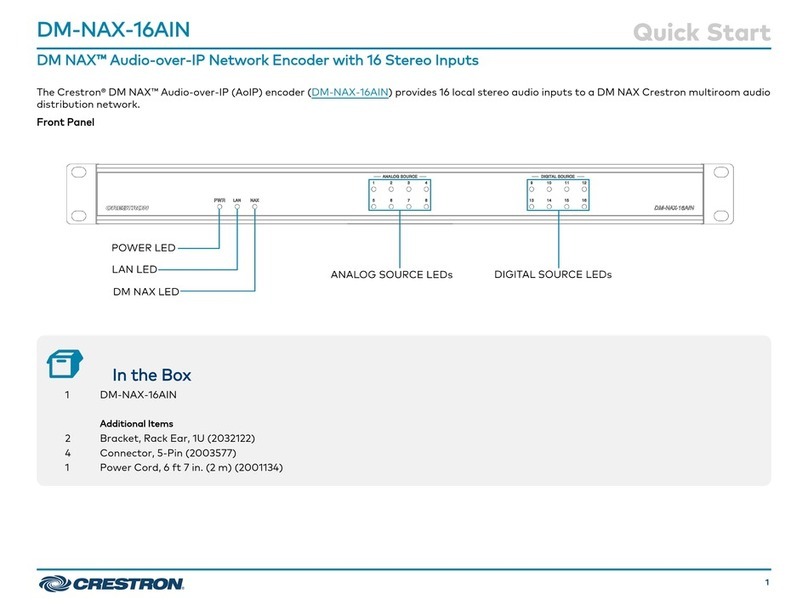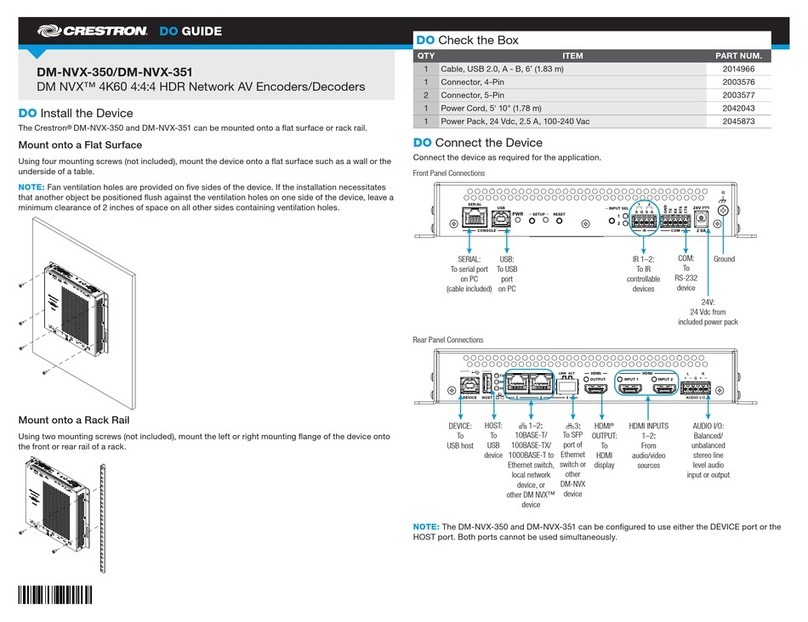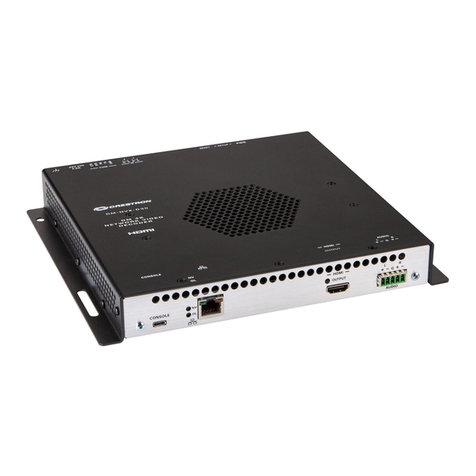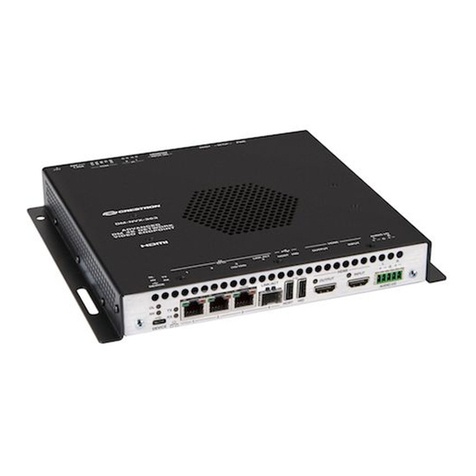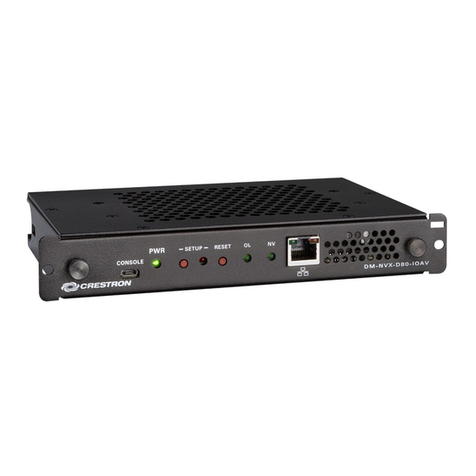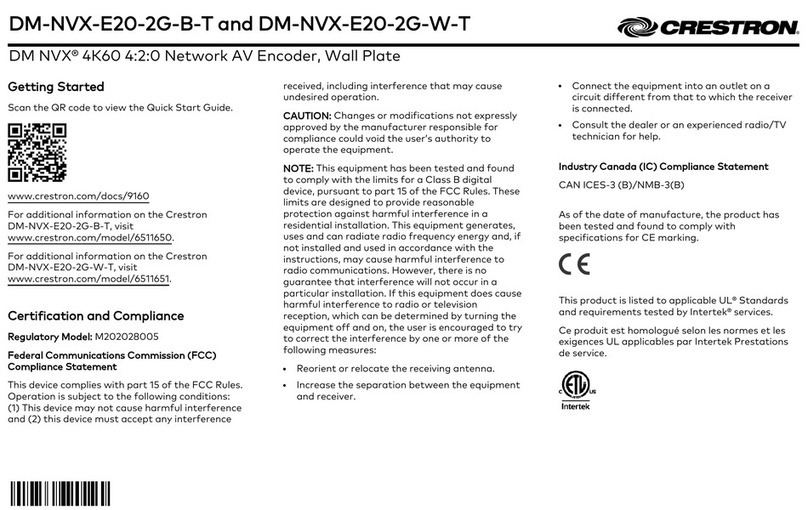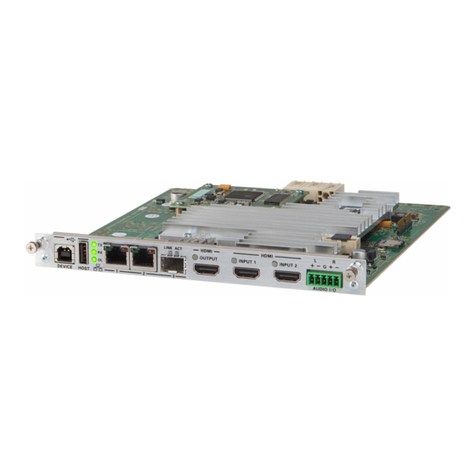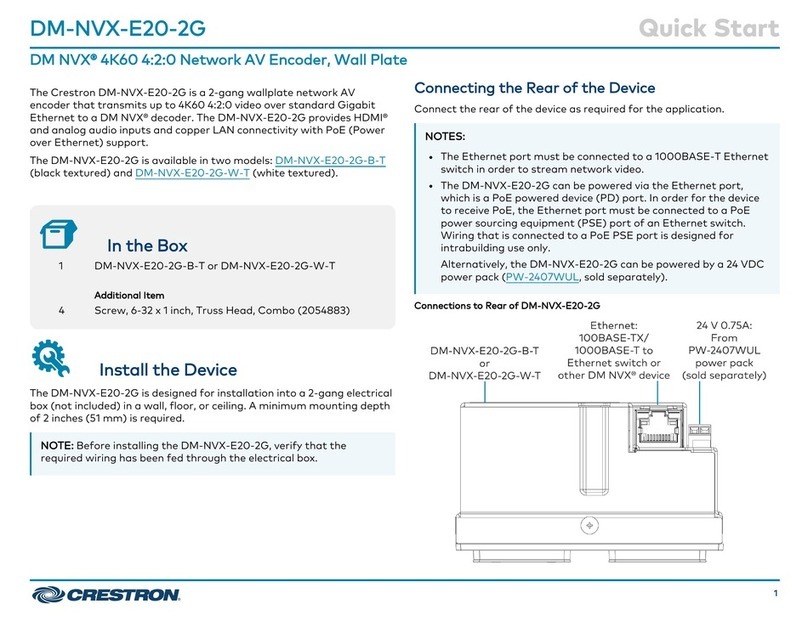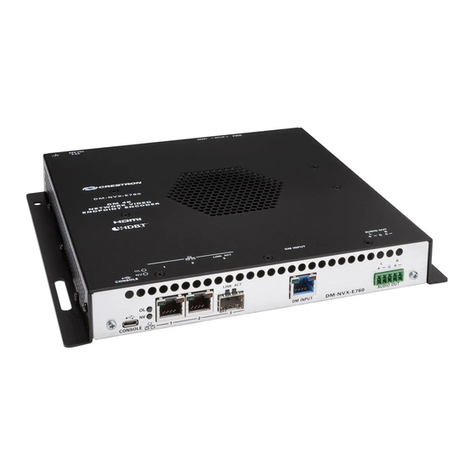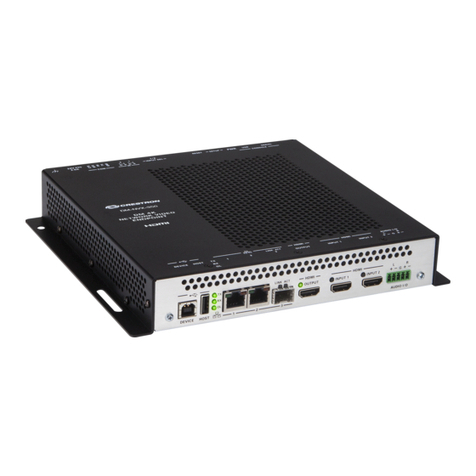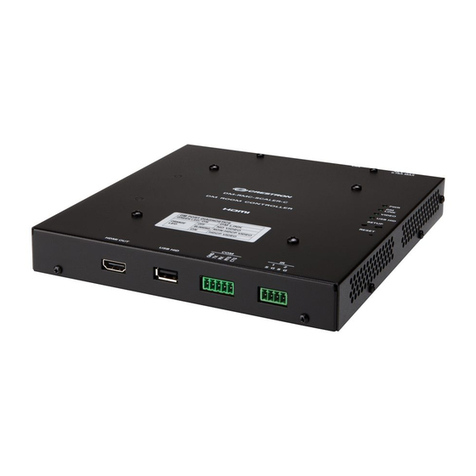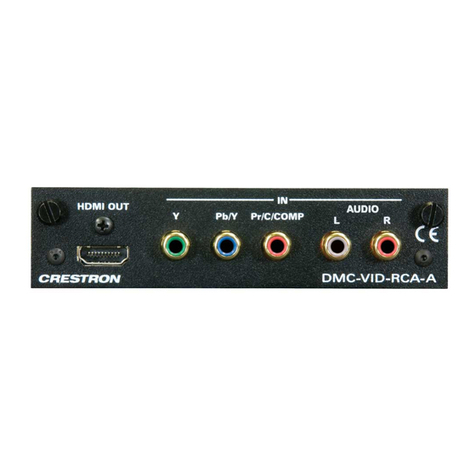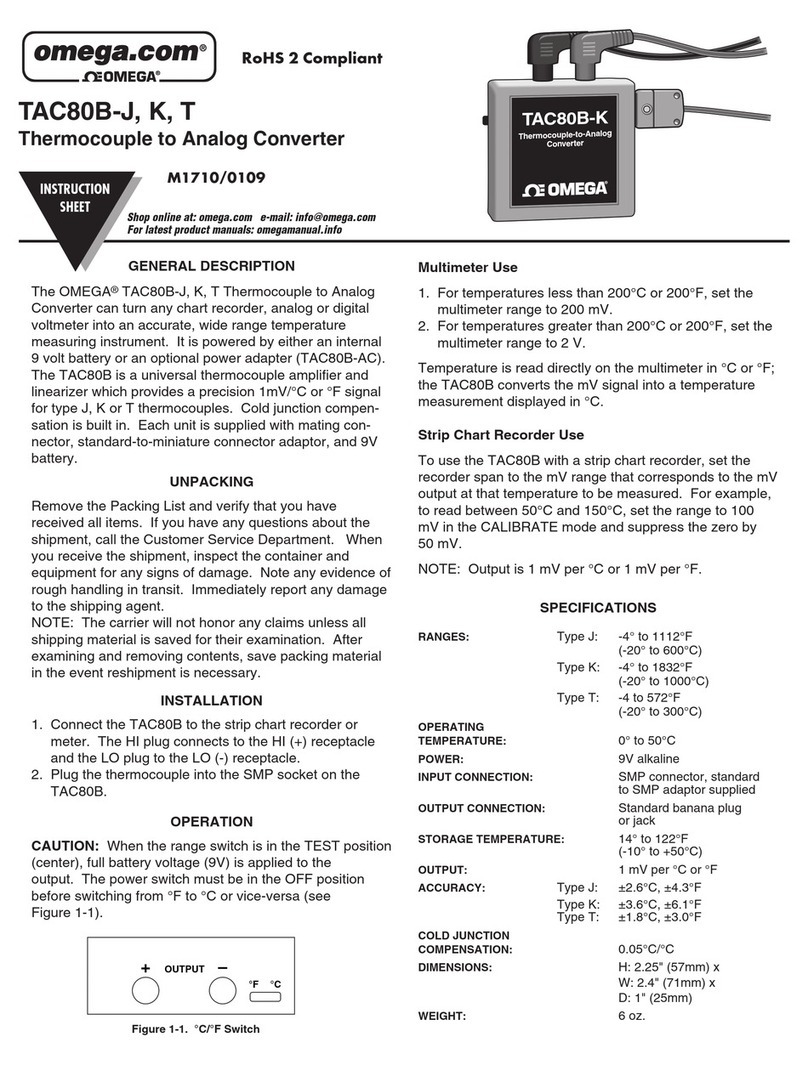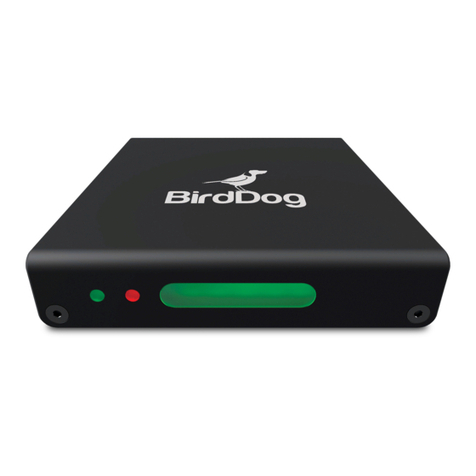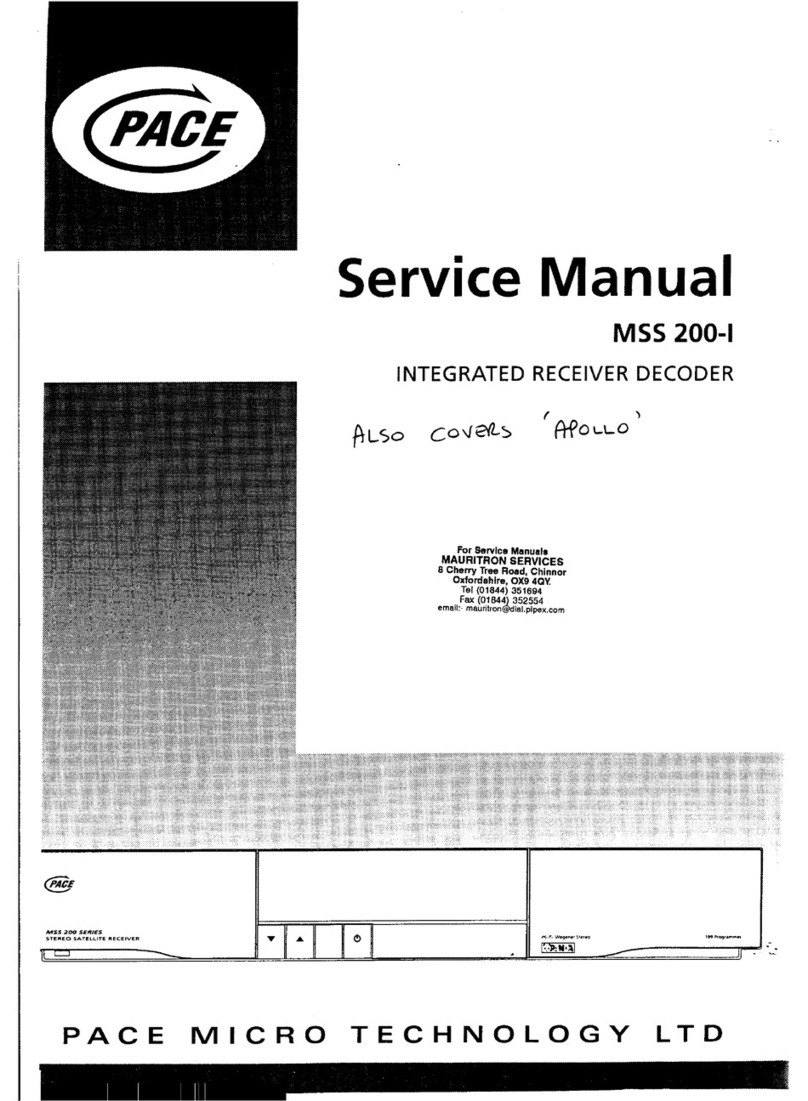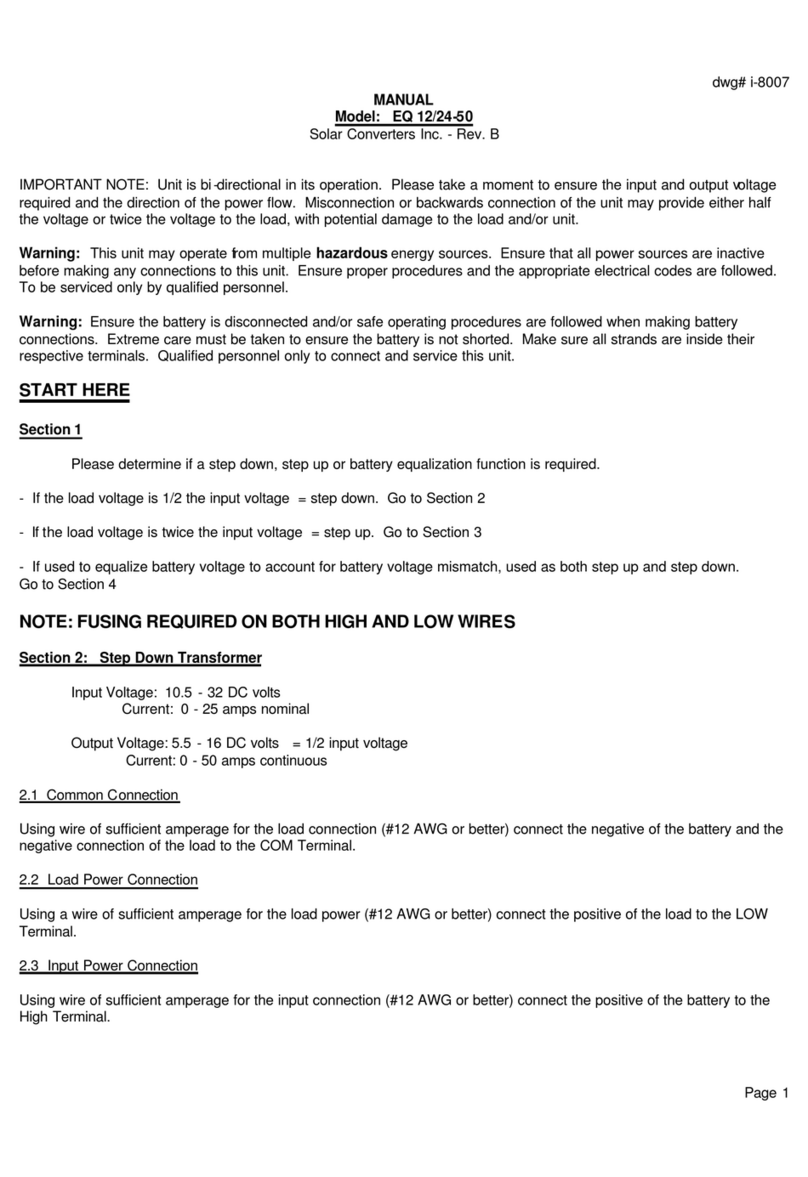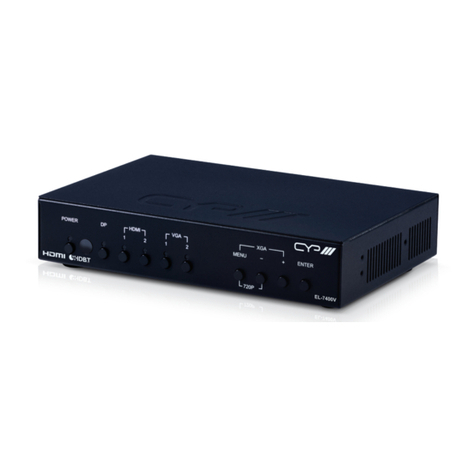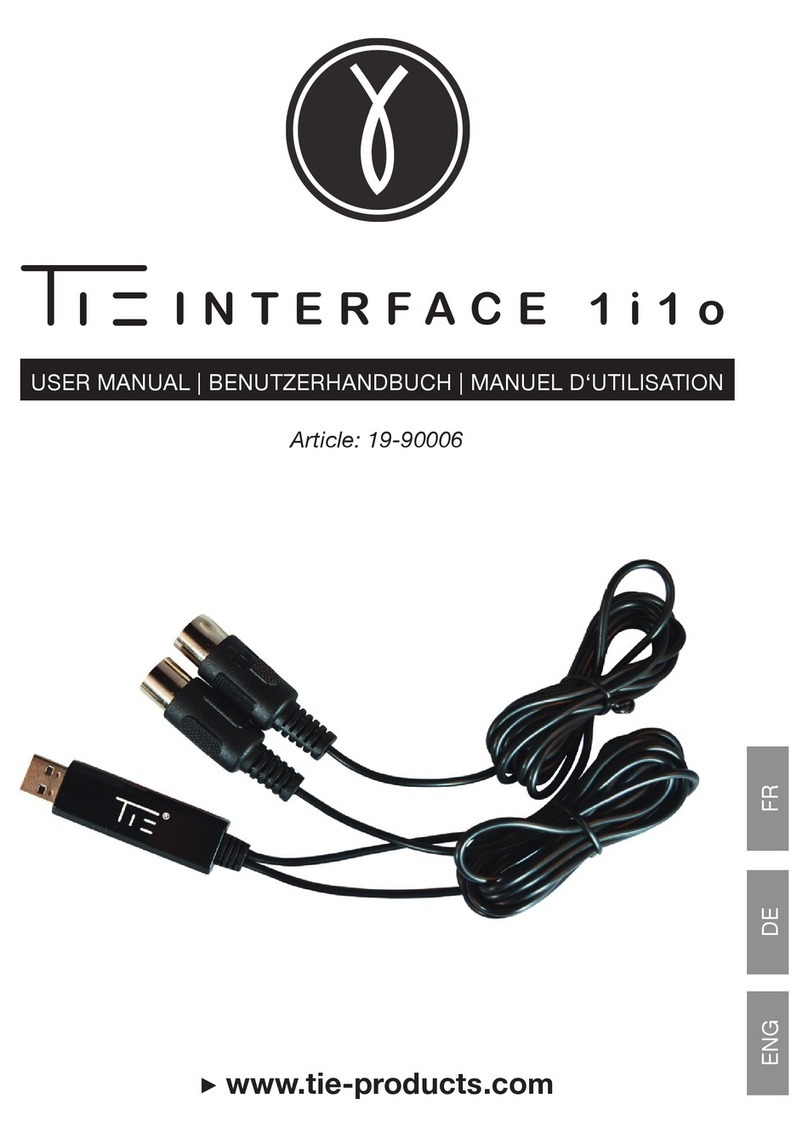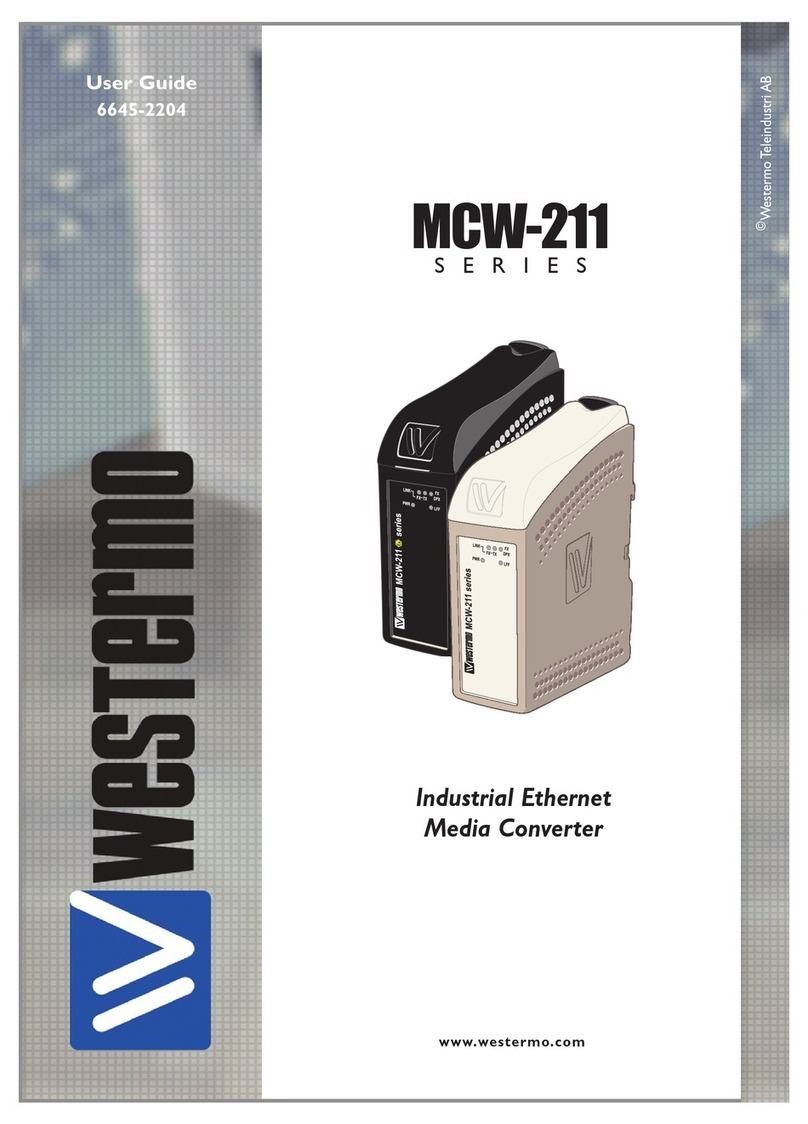
4•DigitalMedia NVX Series System Design Guide – DOC. 7977C
Other key features available on all NVX hardware models include the following:
•Integrated Security: Every NVX endpoint integrates security features, including
802.1x using TLS or MS-CHAP v2 authentication, Active Directory®service support
for endpoint management, audio and video stream encryption, secure Crestron IP
device control, and secure device console access.
•CEC Control: Consumer Electronic Control messages can be passed between
endpoints, allowing for easy control of source and display devices that support
CEC.
•USB Routing: USB 2.0 may be routed from one NVX endpoint to another,
independently of video and audio routing. One device must be configured as a USB
host while the other device must be configured as a USB device port.
•3D Surround Audio Support: Endpoints can pass through audio for 3D speaker
configurations, as well as traditional 5.1 and 7.1 multichannel surround audio, with
lossless audio support; a DM-NVX-351 or DM-NVX-351C is required for generating
a stereo downmix if required.
•Secondary Audio: Encoders can generate a secondary audio stream that may be
routed independently of the primary AV stream. The secondary audio stream is
stereo LPCM only. If primary audio is multichannel content, a DM-NVX-351 or
DM-NVX-351C is required to downmix for the secondary audio stream.
•LAN Port Switch: A built-in three-port LAN switch is connected to the two RJ45
and one SFP module cage, enabling daisy chaining of endpoints and control of
third-party devices in addition to primary NVX video stream I/O.
•Power-over-LAN: An RJ45 LAN port is provided with built-in Power-over-LAN
power injection to provide power directly to an end device without an external
power supply, and compatible with the DM-PSU-ULTRA-MIDSPAN.
•Video Wall: Up to 64 displays can be daisy chained across endpoints to provide
multi-display video wall capability, with each endpoint providing fully customizable
bezel compensation and zoom on any part of the source video.
For additional details on functionality and configuration, refer to the DM-NVX Series
Supplemental Guide (Doc. 7839), the DM-NVX-350/DM-NVX-351 DO Guide (7799), and the
DM-NVX-350C/DM-NVX-351C DO Guide (7975).
SFP-1G Modules
The SFP-1G family of modules are specifically designed for NVX to be able to enable
additional gigabit network connectivity options for endpoints. While not technically required
for endpoint functionality, SFP-1G modules enable fiber connectivity at much greater
distances than traditional copper.
The available Crestron-certified SFP-1G modules include the following:
•SFP-1G-SX: 850 nm multimode fiber connections up to 1640 ft (550 m) over LC-
terminated OM3 or OM4 fiber
•SFP-1G-LX: 1310 nm single-mode fiber connections up to 6.2 mi (10 km) using
LC-terminated G.652 fiber
•SFP-1G-BX-U: 1310 nm/1490 nm single-mode fiber uplink connections up to 6.2
mi (10 km) using LC-terminated G.652 fiber
•SFP-1G-BX-D: 1310 nm/1490 nm single-mode fiber downlink connections up to
6.2mi (10 km) using LC-terminated G.652 fiber

